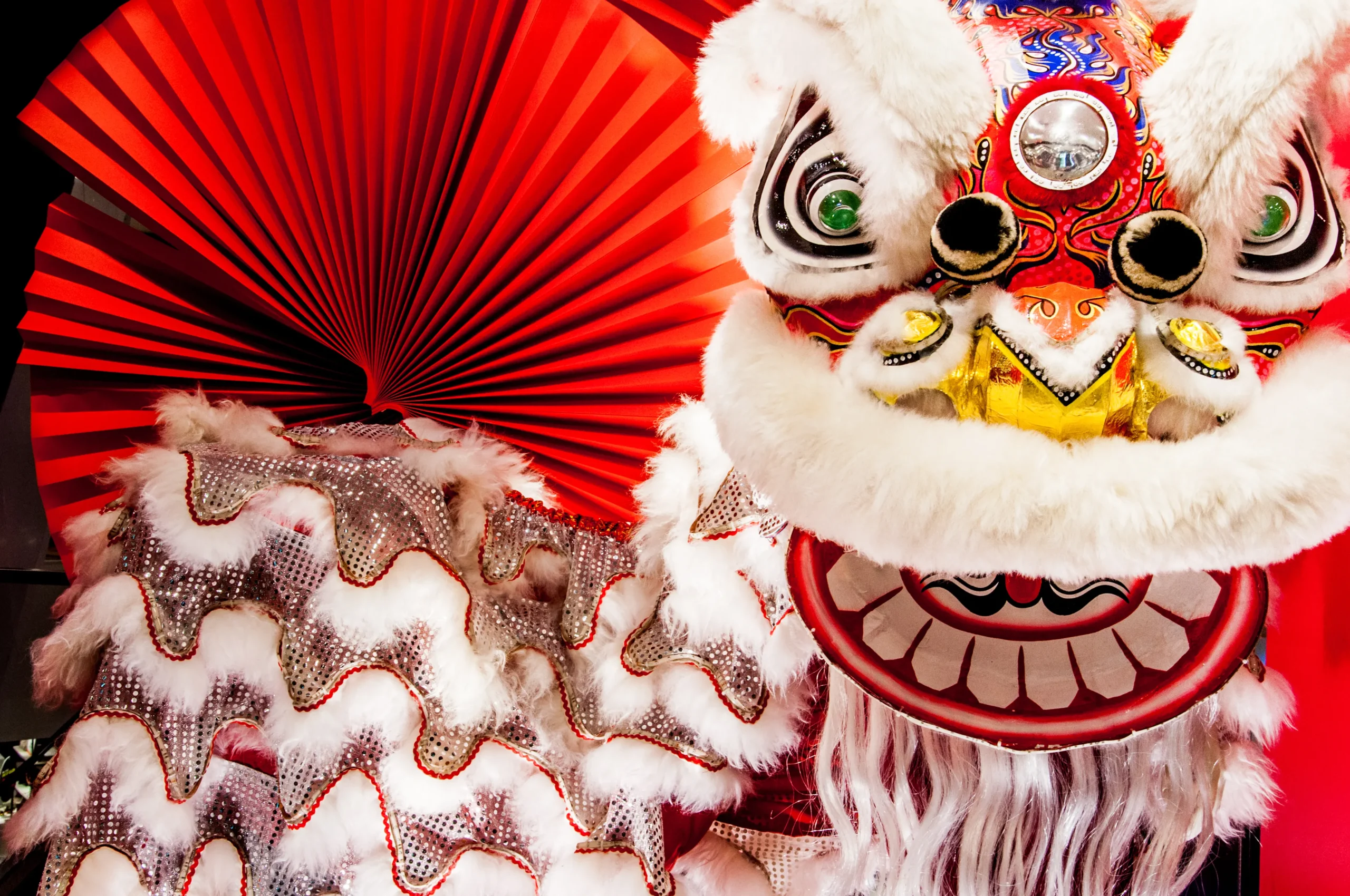Introduction
Nian (年) is a legendary creature deeply embedded in Chinese folklore, particularly associated with the origins of Chinese New Year traditions. The story of Nian has been passed down for generations and is believed to be the reason behind the customs of setting off fireworks, hanging red decorations, and celebrating with loud festivities. This mythical beast represents fear, resilience, and the triumph of human ingenuity over adversity.
The Legend of Nian
The word “Nian” means “year” in Chinese, and according to legend, Nian was a terrifying beast that lived in the mountains or under the sea. Once a year, on the eve of the new year, Nian would emerge from its hiding place to wreak havoc on villages, attacking livestock, destroying crops, and even harming people. The villagers lived in fear of this beast and would flee to the mountains to avoid its wrath.
One year, a wise old man appeared in a village that was regularly terrorized by Nian. Instead of fleeing like the others, he decided to confront the beast. The old man discovered that Nian feared three things: loud noises, fire, and the color red. Armed with this knowledge, he devised a plan to protect the village.
The Defeat of Nian
On New Year’s Eve, the old man instructed the villagers to decorate their homes with red banners and lanterns. He also advised them to set off firecrackers and bang drums to create a loud commotion. When Nian arrived, the bright red decorations, the deafening sounds of firecrackers, and the burning flames frightened the beast, forcing it to retreat. From that year onward, the villagers continued these practices to keep Nian at bay, and over time, these rituals became an integral part of Chinese New Year celebrations.
Symbolism and Cultural Impact
The story of Nian is more than just a myth—it symbolizes the human spirit’s ability to overcome fear and adversity through wisdom, unity, and innovation. The traditions that stem from this legend continue to shape how the Chinese New Year is celebrated today.
- Red Decorations: The color red is associated with luck, prosperity, and protection. During the Lunar New Year, people adorn their homes with red couplets (duilian), paper cuttings, and banners with auspicious messages to ward off evil spirits and bring good fortune.
- Firecrackers and Fireworks: The loud bangs of firecrackers and fireworks serve as a way to scare away evil spirits, just as they once scared away Nian. Even today, firecrackers are an essential part of New Year’s Eve festivities in China and other Asian communities.
- Lion and Dragon Dances: The lively lion and dragon dances performed during the New Year are believed to be inspired by the legend of Nian. These performances involve vibrant costumes, rhythmic drumbeats, and energetic movements meant to drive away negative forces and bring blessings.
- Reunion and Feasting: The New Year is a time for families to gather and celebrate. The communal feast symbolizes togetherness, strength, and prosperity, ensuring that everyone welcomes the new year with joy and unity.
The Evolution of Nian’s Story
Over centuries, the legend of Nian has evolved in various ways. In some versions, Nian is depicted as a monstrous creature with a lion’s head and a body covered in scales. In modern interpretations, the story has taken on a more symbolic meaning, representing the end of the old year and the beginning of a new one.
In recent years, Nian has also become a popular figure in Chinese literature, art, and animation. Some modern retellings portray Nian not as a fearsome beast but as a misunderstood creature that needs to be tamed rather than destroyed. These newer versions align with contemporary values of compassion and environmental harmony.
Nian in Contemporary Culture
The legend of Nian has inspired various forms of media, including:
- Movies and TV Shows: Several Chinese New Year-themed films and television specials include references to Nian’s story, often incorporating animated or CGI depictions of the mythical beast.
- Children’s Books: Many illustrated storybooks retell the tale of Nian in a way that is accessible to young readers, teaching them about Chinese traditions and cultural heritage.
- Video Games: Some Chinese-themed video games include Nian as a character or boss, often depicted as a powerful yet defeatable creature.
- Festivals and Parades: During Chinese New Year celebrations worldwide, Nian is often referenced in parades, lantern displays, and interactive exhibits.
Conclusion
The legend of Nian is a cornerstone of Chinese folklore and continues to shape the customs and traditions of the Lunar New Year. More than just a mythical beast, Nian represents challenges that can be overcome through courage, wisdom, and collective effort. Whether in ancient stories or modern adaptations, the tale of Nian reminds us of the importance of resilience, family, and the joy of new beginnings.

